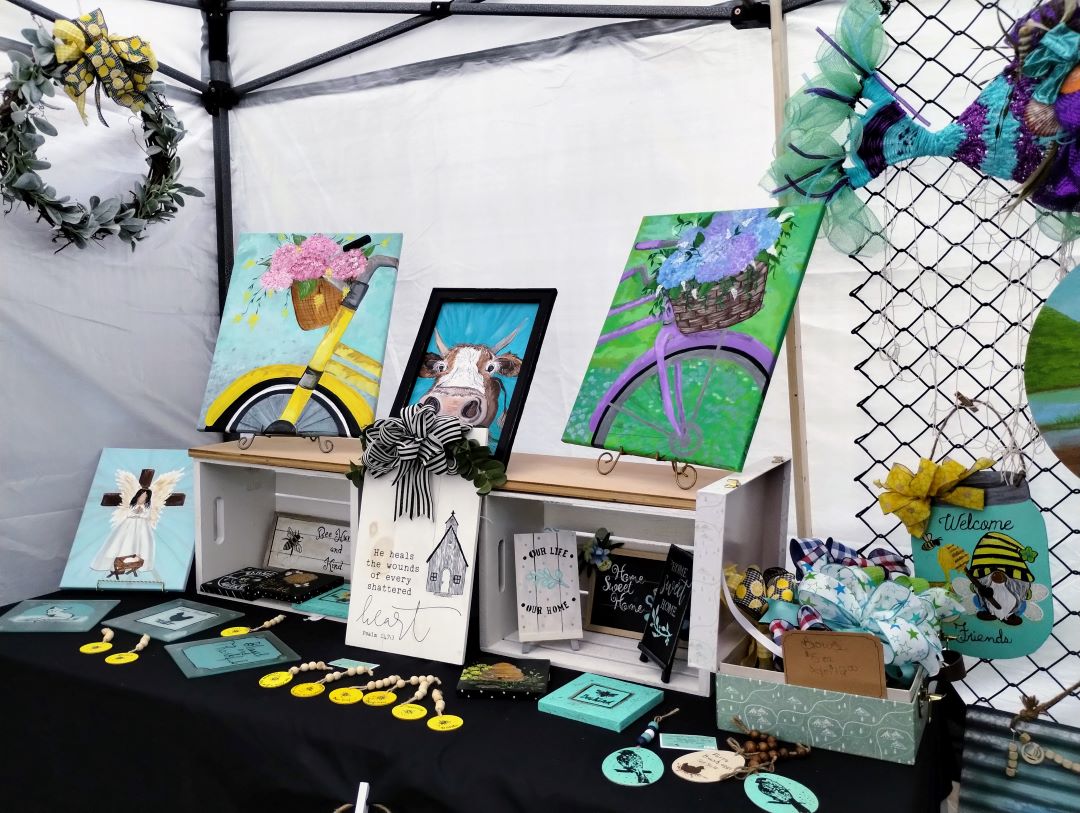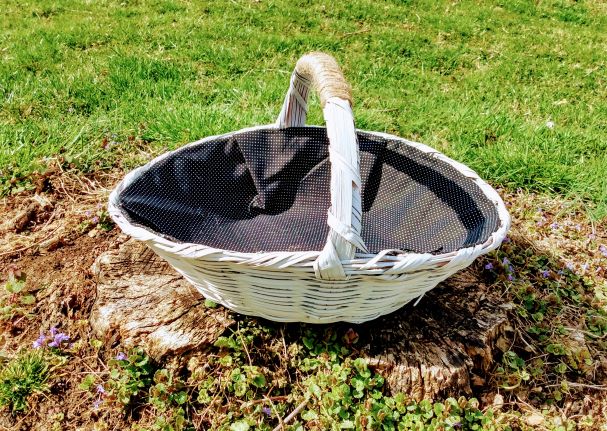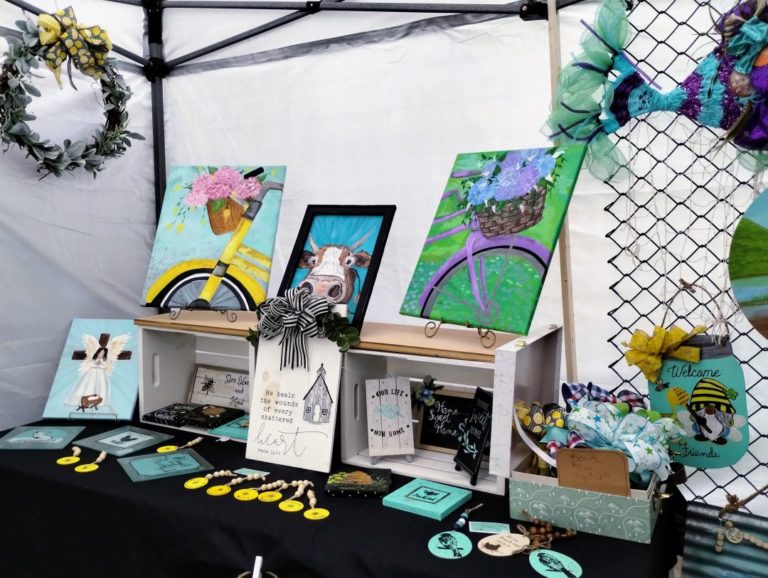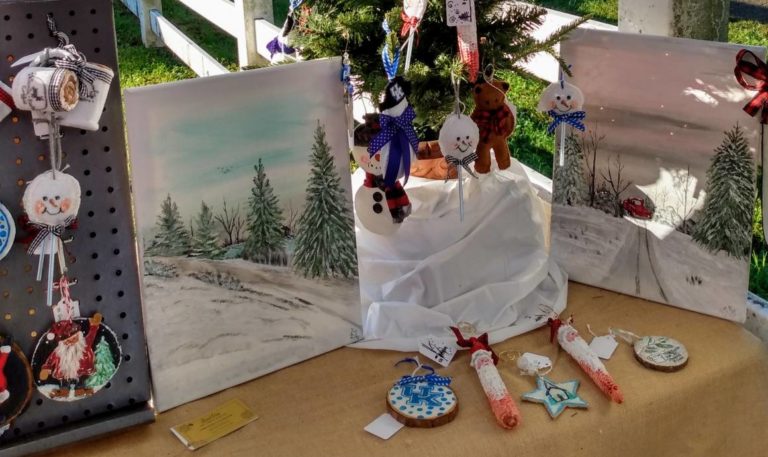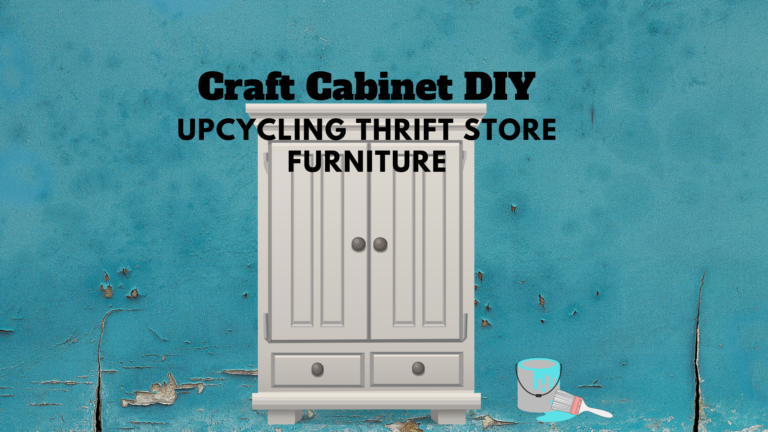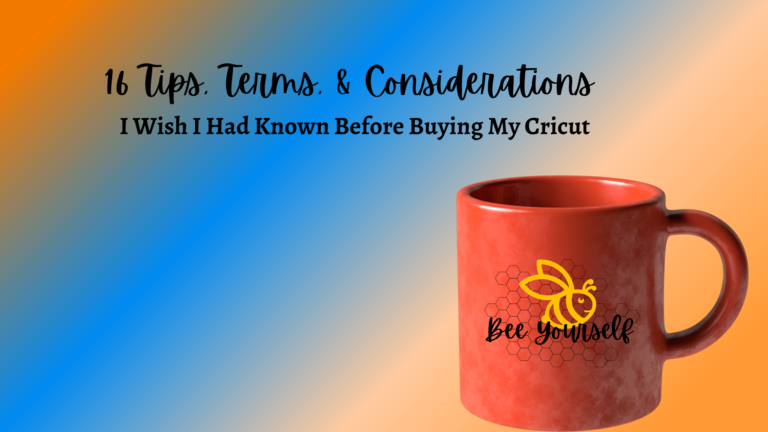5 Things to Consider Before Deciding to Sell at Craft Shows
The idea of selling your artwork or crafts at shows can be quite tempting. I can relate, as I come from a family that set up at various events. We used to raise bees for honey and cultivate sugar cane to make molasses. We frequently had roadside stands, booths at flea markets, local shows, and various festivals to sell our farm-grown produce. Though I no longer live on a farm or sell products, I do sell art and crafts. Interacting with customers during these events is a joy that takes me back to the good old days. Being a vendor at such markets is practically in my blood. However, if you’re considering becoming a vendor yourself, there are a few things that you should keep in mind before diving headfirst into the experience. Here are 5 things to consider before deciding to sell at craft shows.
Be a “People Person”
I love interacting with my customers. From the second they walk into the booth, I want them to feel comfortable and welcome. That means that I give 100% of my attention to the booth and my visitors. This doesn’t mean that I follow them, or try to push them into buying. Instead, I try to make them feel welcome. I do not like feeling pressured when I am the customer, so I extend the same courtesy to my customers. And last but not least, always be honest about your product. It will help you build a client base when people learn that they can trust you.
How to Make Your Booth Approachable
- Show attention and courtesy as soon as a customer enters: Tell them to let you know if they have any questions or if you can be of assistance. Then let them wonder on their own. Pay attention, and “be in the present”, but don’t hover.
- Avoid this: Do not hover. It can seem “pushy” or make the customer feel that they are not trusted.
- Avoid this: Seeming distracted or too busy to be bothered. I have seen vendors in the back of the booth on their phones or reading a book. It makes them come across as disinterested or cold. It’s okay to “create” in your booth as long it you make it interactive. Stop work and greet passers-by with a smile.
If you don’t like talking to people, then being a vendor in a market or craft show may not be the best outlet for you. I say this because to make sales, you need to make connections. They want to see that you care about the products you are selling. What I mean is that your work will “touch” people, and most often they want to engage with you as the creator. Even if they don’t strike up a conversation, they need to feel important. If you seem cold or disinterested, they will turn around and leave. Your visitors should be welcomed as soon as they enter.
Creating a Craft Workspace on a Budget
If you are thinking of becoming a vendor, you will need both a workspace and space for storage. Recently, a friend of mine was fortunate enough to obtain a “craft cabin” as their workspace. I have always wanted a designated workspace, but unfortunately, it’s not feasible at the moment. However, I have been working to create a workspace in my basement. Until it’s ready, I find myself working at my kitchen table.
So, what’s been holding me back? I’ll be honest: I have way too much stuff! Managing my supply inventory has been a real challenge. My advice to you is to avoid buying more than you need. It’s easy to become obsessed with buying art and craft supplies. In fact, I have enough supplies to open a craft store! To control my spending, I’ve started setting a budget and creating a list of items I’ll need for next year’s inventory. Hopefully, this will prevent me from getting carried away and buying more than I need.
Things to consider before starting to create your inventory for craft shows:
- How much inventory will you need to create?
- Do you have enough room for a workspace?
- Where will you store supplies and inventory?
Creating a Welcoming Shopping Experience: Why Organization is Key
Have you ever walked into a store where the merchandise was disorganized, the space was overcrowded, or the prices were not visible? It doesn’t make for a pleasant shopping experience. You might have left without making a purchase. This is probably the most important tip from the “5 things to consider before deciding to sell at craft shows” because an orderly and neat space draws customers in and shows pride in your merchandise. To avoid this, make sure your booth is tidy and well-organized. A cluttered booth space is uninviting to customers.


Additionally, consider how setting up your booth is like moving to a new house. Finding space for everything can be frustrating. Each show presents a new opportunity to create a unique space, but it will also bring new challenges.
Thinking Ahead to Avoid Set-up Day Stress
- Keep the space neat by the “out of sight out of mind rule”. Store empty boxes under tables. Break down any boxes that you can, then reconstruct them with packing tape for repacking merchandise.
- For non-fragile items, consider using packing bags instead of boxes or crafts. They are easier to store out of sight. I found large zippered ones with handles on Amazon.
- Take only what you need.
- Try to find out how the booth space is oriented and laid out. It will help you plan on possible setup ideas before the event day. I use grid paper and draw out a graph of my display. I also keep the measurements of every table or display rack that I use on hand, this makes planning your booth space easier.
- Remember to plan for walkways inside your booth and for your personal seating/storage needs. Think about the flow of traffic, and orient your booth to where your displays will be the most visible.
Here are a couple of printouts for worksheets that I use to prepare for my events. Feel free to download them to use for your personal use only. They may not be sold, or used on another site, without permission.
Know When to Walk Away
No matter how nice try to be, or how good your products are, you will encounter rude customers or other vendors. Being able to remain calm and collected is a must. Conflict is never good for business.
For example, I had a “neighbor” at a show that always wanted to push her items into my space. At first, I tried too not engage at all. But the problem was ongoing. I tactfully tried to explain that my inventory was being damaged because of crowding. She either didn’t understand me or ignored my concerns. At this point instead of trying to address the issue myself, I waited to speak to the show organizer. It avoided conflict and kept me in the good graces of the organizer.
In another instance I had a customer vocalizing loudly just outside my booth that my prices were outrageous. Everything in me wanted to be rude in return, instead, I just smiled and told her that I would love to learn her secrets if she were willing to share. Being nice when someone is rude usually stops their assault. You do not want to make yourself look bad to other customers.
Have a Helper
Canopies are a must for doing outside shows. But I will be honest, they are a pain in the right ear to deal with! I have a dear friend who goes with me to the outdoor show that I attend. It requires a canopy. The canopy requires two people to set it up! So if you are reading this Teresa, thank you from the bottom of my heart for putting up with me!
Setting up and tearing down a booth takes a lot of work. It usually takes me thirty minutes to unload the SUV and to get the inventory inside. Then, it can take anywhere from two to four hours to set the booth up. The more inventory you take requires more display areas. It is exhausting work. Having a helper that you can trust allows you to set up and tear down a booth. It also allows you to take meal and bathroom breaks.
Still Thinking
If you’ve taken the time to consider the five factors that come into play before you decide to become a vendor at craft shows, and you’re still interested in pursuing it, then you may have what it takes to be successful.
Doing Your Research About Both Your Target Show and Customer Base is Highly Recommended
- Learn everything you can about the market you want to sell to.
- Attend shows and take note of how successful vendors set up their booths. What do their displays look like?
- You’ll need to find the most affordable and visually appealing display stands/tables.( I often find display items at thrift stores).
- Keep your startup costs as low as possible and add more displays as you require.
- Don’t overbook shows if you don’t have enough time to create inventory for them.
We all make mistakes when we start a new adventure. Mistakes are simply opportunities to improve. Though I am by no means saying that these tips will guarantee success, I hope that sharing the lessons that I have learned makes the road a bit smoother for you. On that note, here are links to other posts that may be helpful.
Related Blog Post: My Hobby is Growing Up: Building a Growth Plan
Are you planning a new adventure? Let me know how it goes. I would love to hear from you. Good luck on your crafting journey.
You all stop back by soon,
Vikki

